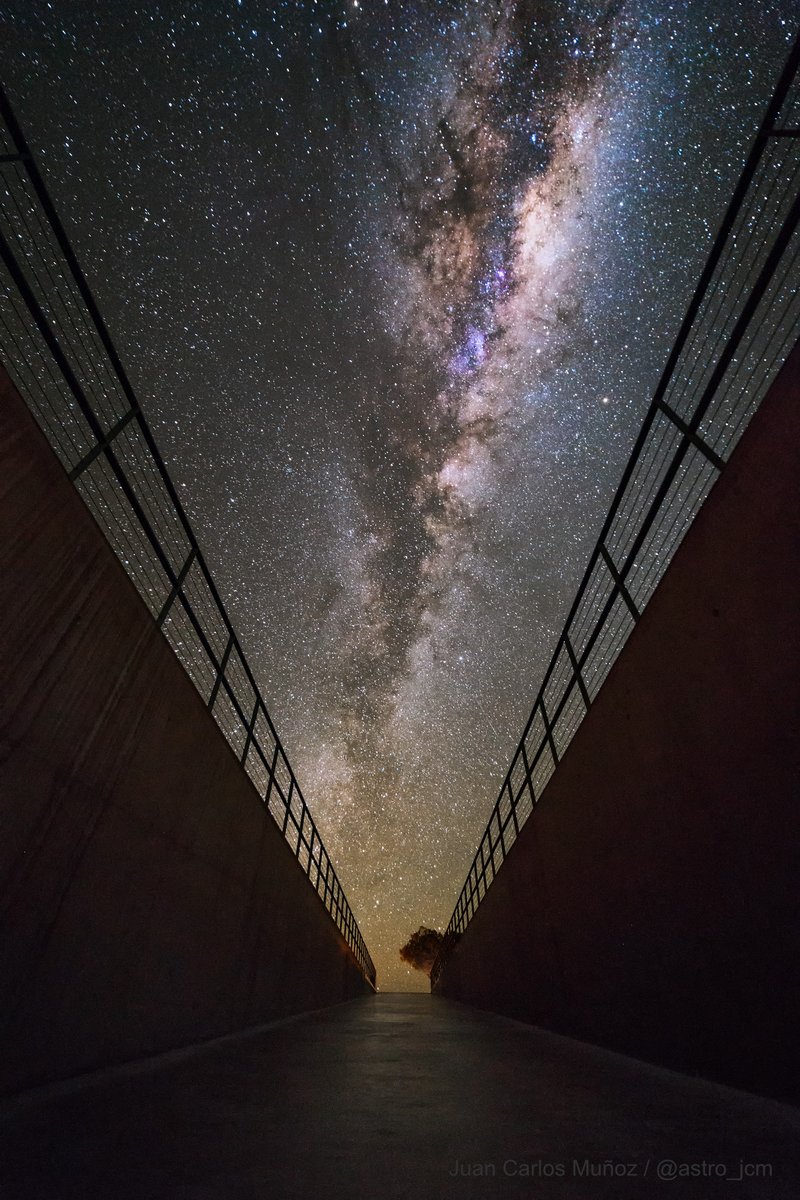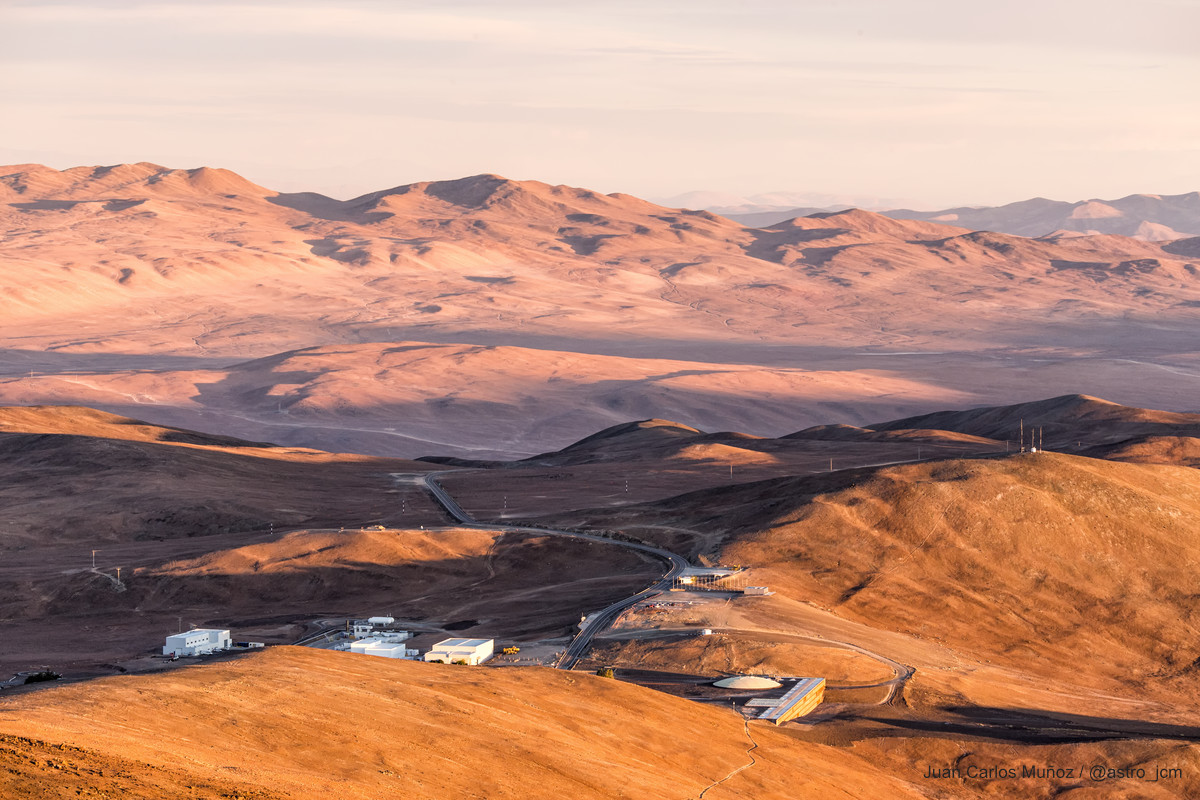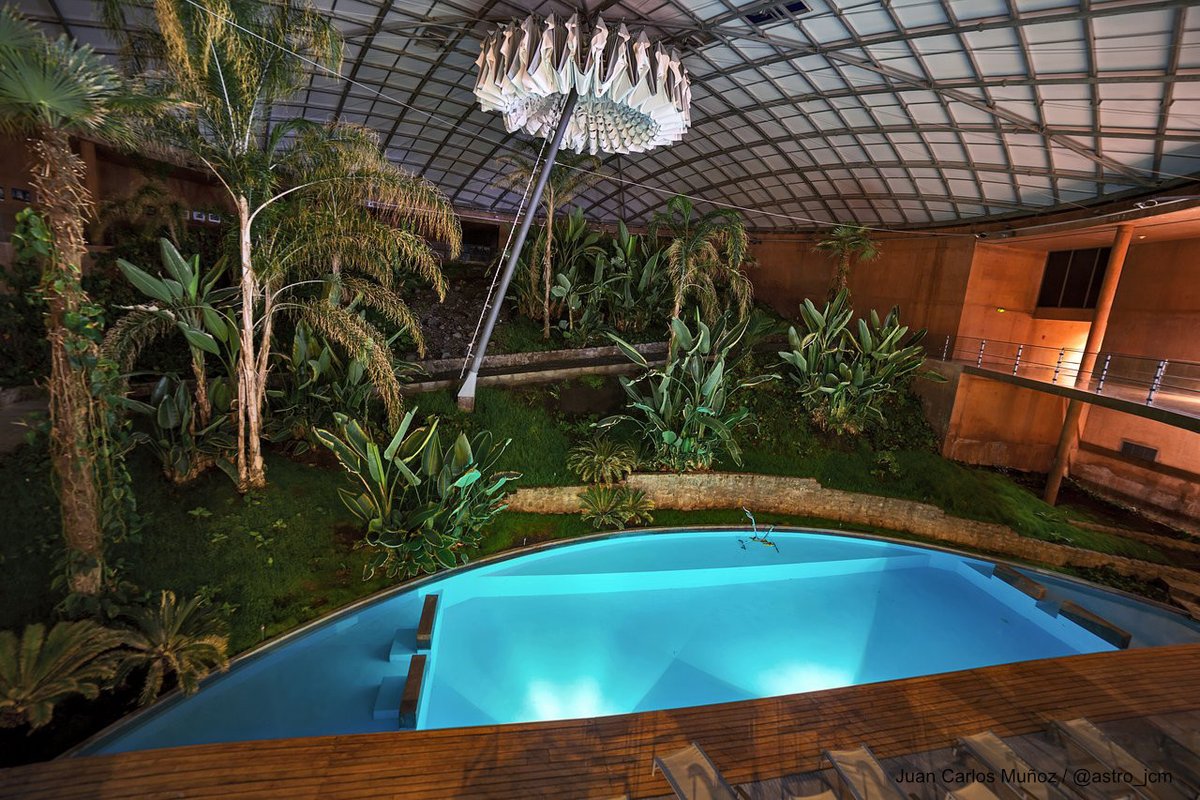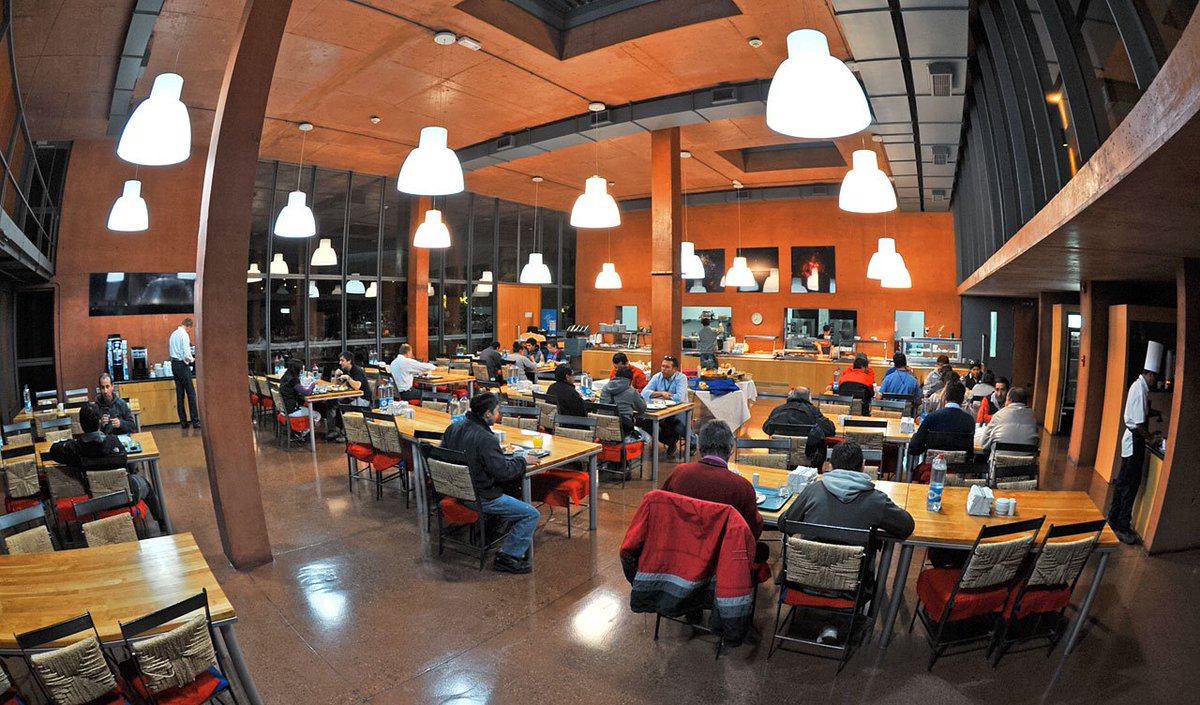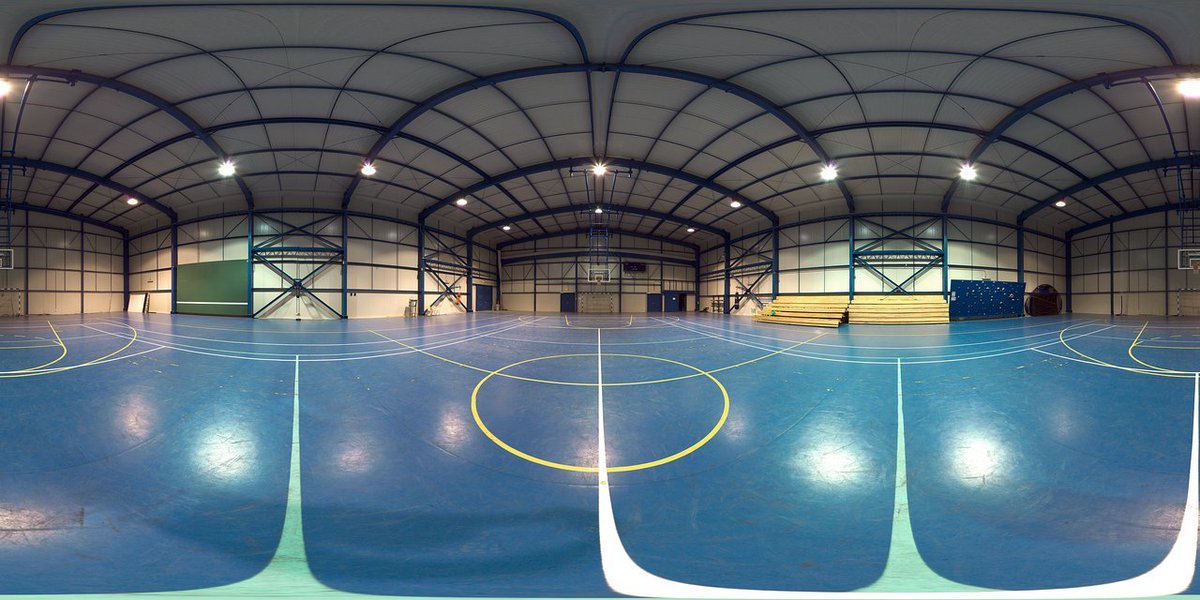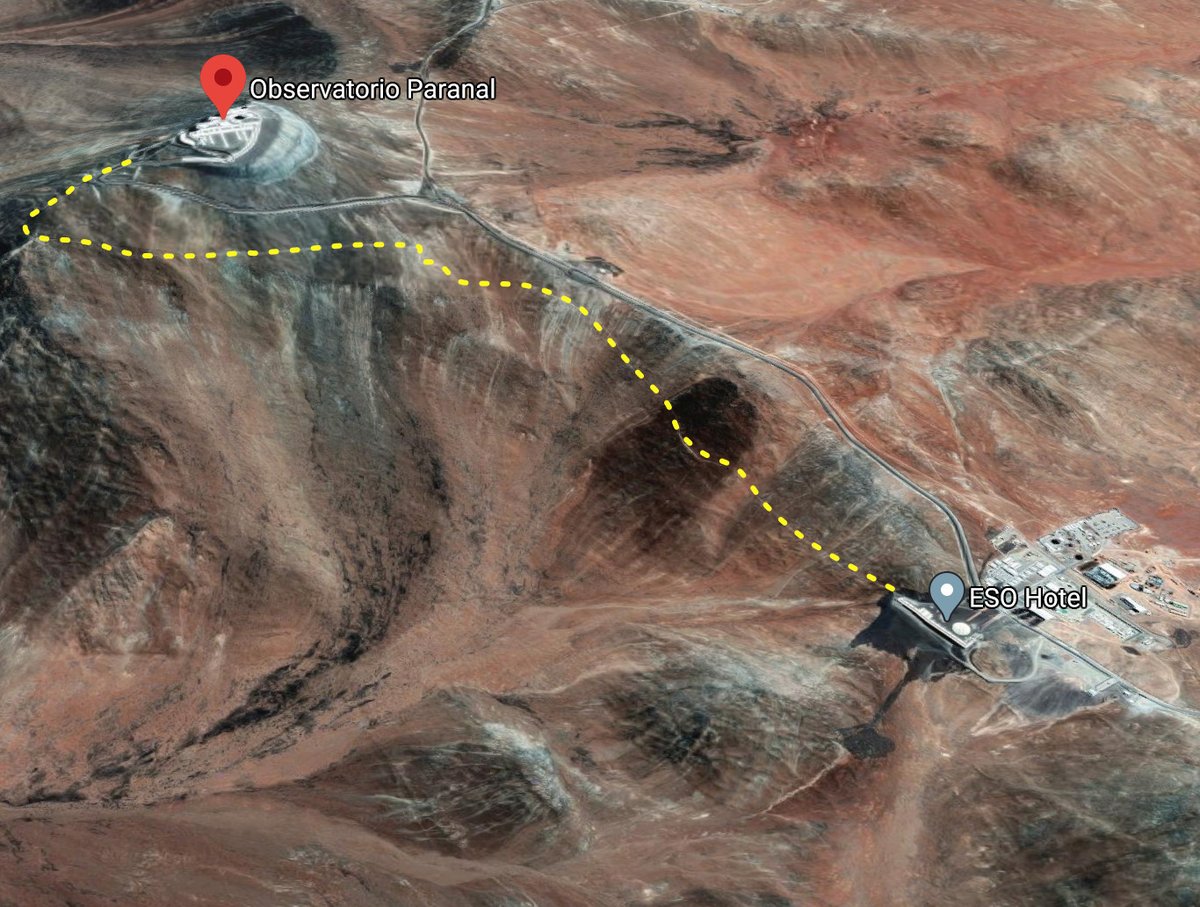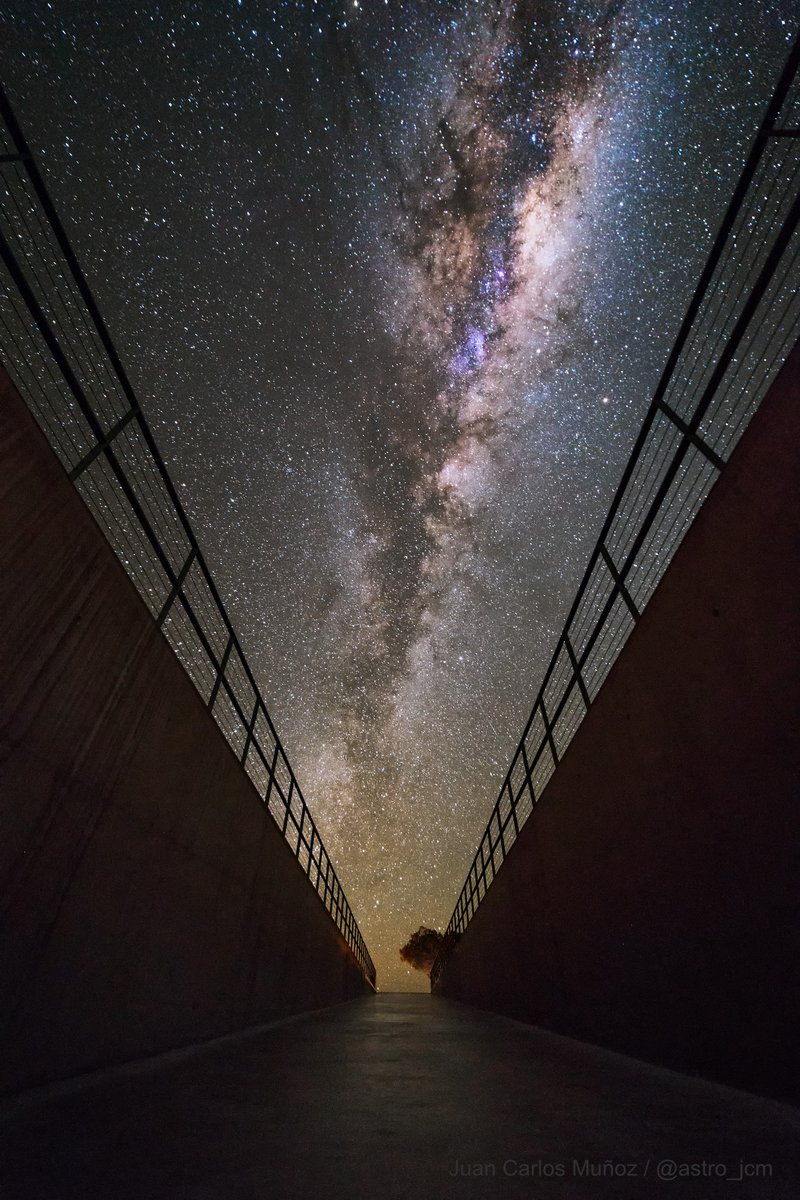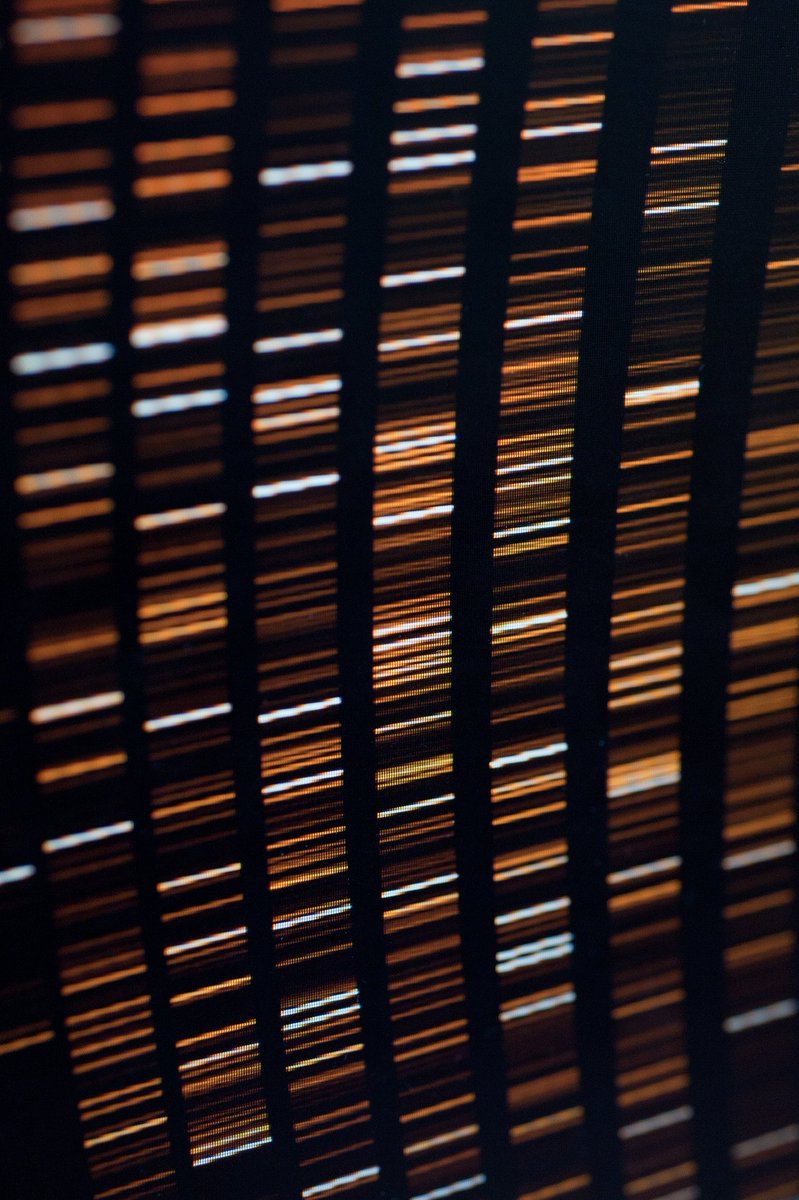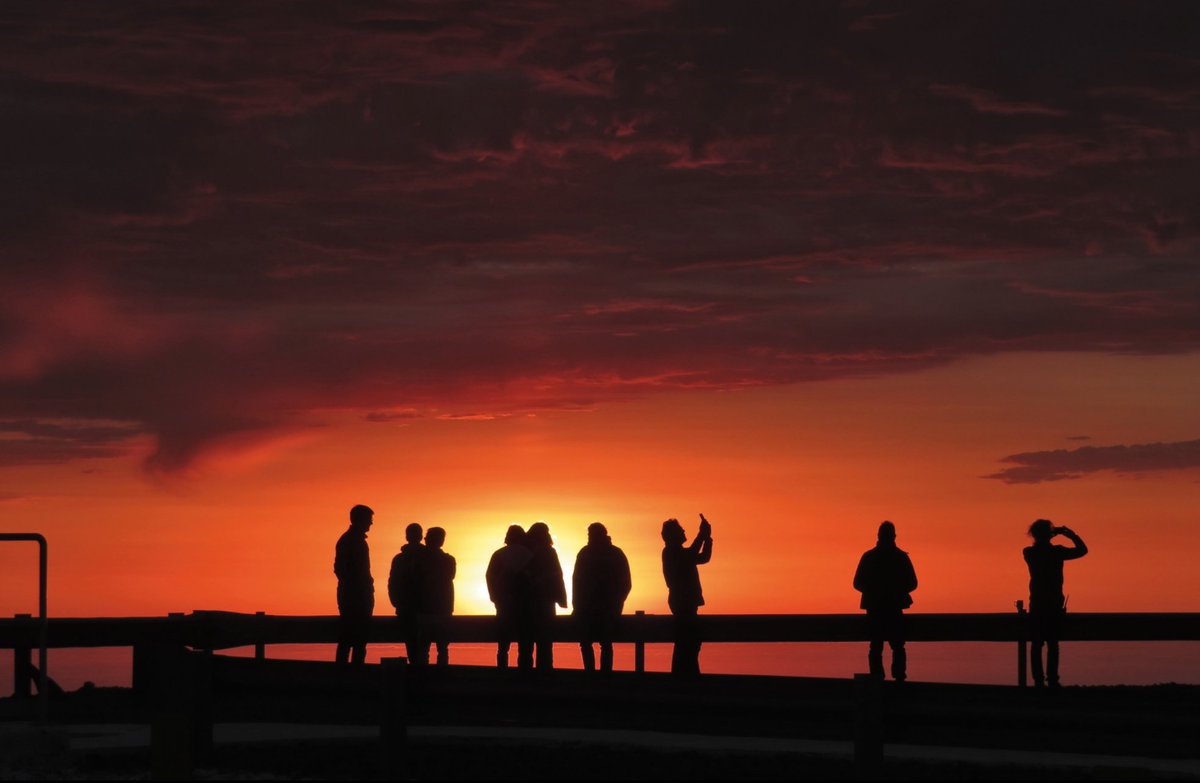1/ Tomorrow we’ll delve a bit deeper into the various instruments we have at Paranal and how each one analyses starlight in a different way. But let’s focus now on something more mundane but important nevertheless: how it’s like to work up there? Where do we live?
2/ No one lives there permanently; we’re only allowed to stay there for 2 weeks in a row max. Operators, engineers and logistic staff are usually there every other week, with a week off in between.
3/ For astronomers it’s different. Besides our duties on site we have additional work to do (research, conferences, observatory projects...). So our schedule is less regular. We spend there about 80-100 nights in shifts of 1-2 weeks, depending on each person’s preference.
4/ When we’re up there we sleep and eat in the “residencia”, which is a futurustic-looking building half-buried in the ground. It looks like Martian base, doesn’t it?
5/ Atacama is very dry, so to make our daily lives more pleasant the interior of the residencia is quite humid. We have in fact a nice oasis with a swimming pool! When you enter the residencia you can feel the humidity punching you in the face 

6/ You may recognise the residencia because it served as the secret base of the bad guys in 'Quantum of Solace' (also known as 'The bad one').
7/ At any given time there are 100-150 people on site and they have to eat! The kitchen team cooks breakfast, lunch and dinner, which is served at the canteen at the residencia. They also prepare a mid-night dinner for the night crew and drive it to the summit.
 ESO/S. Brunier
ESO/S. Brunier
 ESO/S. Brunier
ESO/S. Brunier
8/ Our job can be quite sedentary, so it’s important to exercise frequently to stay fit both physically and mentally. We have a gym with various machines and a sports court.
( ESO)
ESO)
(
 ESO)
ESO)
9/ I usually alternate between running on the treadmill (which I despise as it’s utterly boring) and hiking up the so-called Star Track, a nice 3 km trail that goes from the residencia to the summit:
10/ There’s also a music room for those who play instruments, a library, and lots of really nice spots to seat and read. It’s important to set aside some time for leisure when we work there so many days in a row. Otherwise…
11/ My favourite thing about the residencia is walking down one of the entrance corridors at night, looking back and, if the time is right, seeing the Miky Way perfectly framed by the walls of the corridor. Neat, huh?
12/ Ok, so how’s the typical routine of an astronomer there? Well, it depends if we’re scheduled on a day or night shift. Yes, astronomers do work during the day too!
13/ When I was scheduled as Shift Coordinator I would drive up early in the morning and check all the problems that were reported during the night. I’d then meet with the engineers to establish priorities, allocate resources, and agree on how to proceed forward.
14/ During the day we work with engineers to fix problems that were reported during the night. We also inspect calibrations which ensure that the data taken at night can be transformed into something useful, and also warn us if the instruments are misbehaving.
 ESO/M. Alexander
ESO/M. Alexander
 ESO/M. Alexander
ESO/M. Alexander
15/ Daytime activities can be hectic, especially in winter when days are short. In the afternoon we meet again to close the loop on pending issues. The goal of the day crew is to hand over all systems in the best possible condition to the night crew.
16/ Night shifts are totally different. First, we eat at crazy hours: we have breakfast at lunchtime, lunch at dinner time, and dinner at some point in the middle of the night. Then breakfast again before going to sleep, which is THE BEST THING EVER.
17/ There’s a nice tradition in Paranal of people gathering in the telescope platform to see the sunset together. I’ve seen hundreds of sunsets there and each one is different. We hate clouds, but they make sunsets so much prettier!
( S. Robbe-Dubois/ESO)
S. Robbe-Dubois/ESO)
(
 S. Robbe-Dubois/ESO)
S. Robbe-Dubois/ESO)
18/ During the night we decide which observations (submitted in advance by astronomers worldwide) we should carry out at any given time, given the external conditions. Some programs require excellent weather, but others don’t!
19/ Other times we have visiting astronomers on-site, or following the observations live but remotely. We do this for particularly tricky observations where the final user of the data needs to quickly take decisions on the fly.
20/ Problems can and do happen, and we must react quickly to fix them during the night against the clock, as the observing time is precious. This requires a good understanding of the systems and some holmesian skills, as we often have to fix problems we’ve never faced before.
21/ Every problem, whether we managed to fix it during the night or not, is reported so that the daytime crew can follow it up. So Paranal never stops, whether the Sun is up or down!
22/ We also interact quite a lot with our colleagues from the User Support Deparment in Germany, which comprises ESO astronomers that help other astronomers over the world to prepare their observations, troubleshoot problems with their data, etc.
23/ In Garching there are also Quality Control teams that systematically monitor the health of the instruments, pipeline developers who code data-processing software, engineers who develop new technologies… It’s a huge family!
24/ I hope this gives you a better idea of how Paranal works. There are so many people involved that it’s hard to summarize what they do in a single thread! Tomorrow we’ll see why we need so many different instruments and what they do.

 Read on Twitter
Read on Twitter